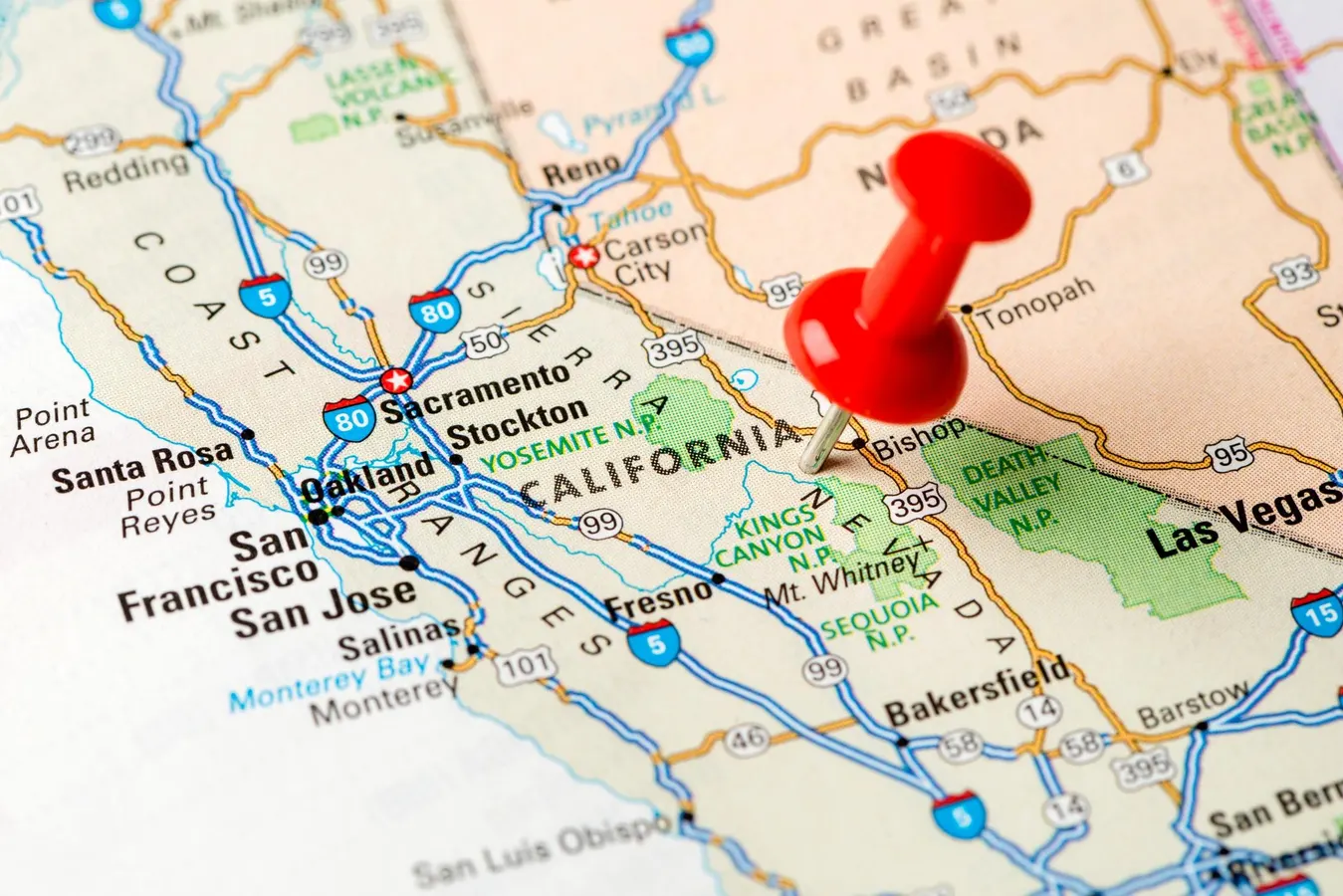Copyright forbes

In California, public insurance pools are utilized so small businesses aren’t carrying the burden alone. When employees take time off for a new baby, a health crisis or caregiving, they’re not opting out. They’re navigating life events that will touch nearly every worker at some point. Every year, millions of Americans welcome a new baby, yet far too many do so with one eye on their email, terrified their job won’t be there when they return. Each faces the same impossible question: Can I afford to spend time with my baby without losing my job? That question lies at the heart of America’s paid leave debate. California, more than any other state, has spent two decades testing the answer. California Shows What Works Paid leave allows workers to take time off and still receive part of their wages. It’s designed for moments like welcoming a child, caring for a sick relative or recovering from a serious illness. In California, public insurance pools are utilized so small businesses aren’t carrying the burden alone. Payments come from the state’s insurance fund, not individual employers. Job protection, on the other hand, ensures that when that leave ends, the employee can return to their position without career penalties. It keeps institutional knowledge in the organization and provides stability for families. When paid leave and job protection work together, they create a rare win-win: lower turnover, stronger loyalty and higher reentry rates for women. Nowhere are these principles more evident than in California. As the first state in the country to launch a paid family leave program in 2004, California now has two decades of data proving its impact. MORE FOR YOU The study The Effects of California’s Paid Family Leave Program on Mothers’ Leave-Taking and Subsequent Labor Market Outcomes found that after implementation, the average maternity leave taken by new mothers doubled from about three weeks to six weeks. Access to paid leave also led to lasting improvements in women’s work patterns: among employed mothers with children ages one to three, usual weekly hours and wage income both rose by roughly 10% to 17%. The study found no evidence of negative business impacts. More than 90% of employers reported neutral or positive effects on morale, productivity and costs. Affordable care makes it easier for parents to come back… and stay. In recent years, the state has also expanded childcare capacity, adding hundreds of thousands of new or reopened slots. It raised provider reimbursement rates to make care more stable and affordable. This has helped parents return to work faster after leave, with reliable childcare and better-supported providers. When affordable childcare expands alongside paid leave, families are less likely to exit the workforce altogether. California’s childcare funding increases, rate hikes and universal transitional kindergarten are all designed to ease return-to-work transitions: the same goal at the heart of paid leave. California’s experience proves that paid leave works when people trust their jobs will still be there when they return. Without that guarantee, too many working mothers forgo the benefit altogether. The Impact On Entrepreneurship The confidence to return to work and plan for the future also fuels another kind of growth: entrepreneurship. Because California’s paid family leave program was already in effect during the pandemic, one could argue it helped empower a wave of female entrepreneurs. The U.S. Chamber of Commerce notes that many individuals laid off during pandemic shutdowns turned their ideas and hobbies into home-based businesses. Professional and business services saw an uptick as entrepreneurs met new demand for consulting and remote services. Research shows that when job-protected leave is expanded, entrepreneurship rises by about 1.9 percentage points. Data from the state reveal that business applications have steadily increased in recent years, with no slowdown tied to paid leave or childcare expansions. In fact, the opposite may be true: a lack of job protection or paid leave can actually deter entrepreneurship. Why? Because policies like paid leave and childcare help people stay employed when life gets hectic, rather than being pushed out of the workforce. That stability gives them the financial footing and confidence to start a business later if they want to, not because they have to. Family-friendly policies aren’t pushing workers out of the economy; they’re keeping them in long enough to innovate and, when ready, start ventures of their own. Employers Stepped Up Ultimately, government programs can only go so far; lasting change depends on how employers bring these policies to life. Corporate lobbyists and trade associations often oppose giving American workers paid leave, but in reality, it’s a smart business strategy. California remains the nation’s most advanced example of paid leave design, yet even its model proves that policy alone isn’t enough. Employers must play an active role in ensuring access and equity. The California model still has gaps in job protection, and despite notable gains among less-advantaged workers, lower-income employees remain less likely to use the benefit for fear of job loss. In other words, access has improved, but not everyone can take leave without risk. That’s where employer leadership matters most. For companies, paid leave and job protection are ultimately retention strategies that go hand in hand. Supporting employees through caregiving or health transitions saves money, preserves culture and builds long-term trust. But unless job protection is real and awareness is high, even the best-designed benefits won’t reach those who need them most. California’s two decades of data show what happens when workers, businesses and policymakers stop treating caregiving as a career risk and start treating it as a normal part of life: everyone wins. To truly strengthen the national workforce, California offers not a perfect model, but a directional playbook for progress. Editorial StandardsReprints & Permissions



